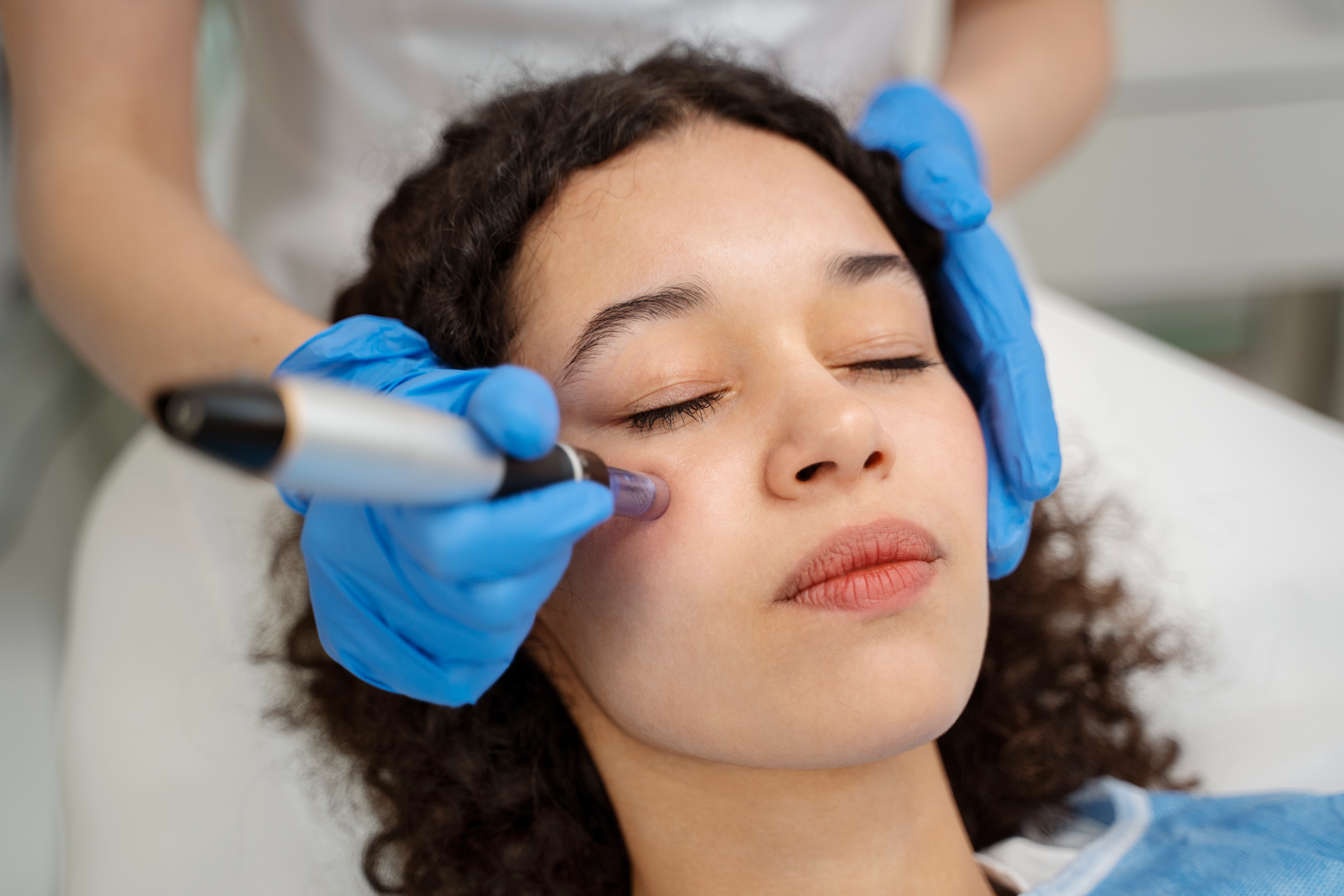Microneedling and red light therapy are two of the most effective treatments for skin rejuvenation. On their own, they stimulate collagen, improve skin texture, and reduce signs of aging. But together, they can deliver even greater results—if used correctly.
In this guide, you’ll learn how red light therapy supports your skin after microneedling, how to time it right, and what to expect in your skincare journey.
What Is Microneedling?
Microneedling, or collagen induction therapy, uses tiny needles to create controlled micro-injuries in the skin. This stimulates your body’s natural healing response and increases production of:
- Collagen (for firmness)
- Elastin (for elasticity)
- Blood flow (for healthy, glowing skin)
Microneedling helps reduce wrinkles, acne scars, and stretch marks, and it can restore thin or sagging skin. But healing takes time—and this is where red light therapy comes in.
Why Red Light Therapy Works So Well After Microneedling
Red light therapy, especially in the red (630–660nm) and near-infrared (810–850nm) ranges, helps reduce inflammation, relieve pain, and speed up skin repair.
After microneedling, your skin is inflamed, red, and sensitive. Red light therapy:
- Soothes discomfort with its natural analgesic effect
- Boosts blood circulation to carry nutrients and oxygen to damaged tissue
- Accelerates collagen production during the repair phase
- Reduces inflammation, a major driver of skin aging
These effects help you recover faster and get better results from microneedling with less downtime.
When to Use Red Light Therapy After Microneedling
You can start red light therapy immediately after your microneedling session—even while the skin is still red or tender.
Here’s how:
- Make sure your skin is clean and bare—no numbing cream, lotion, or makeup
- Use a high-quality LED panel with red and near-infrared wavelengths
- Limit sessions to 3–20 minutes daily
- Focus on consistency over duration
More isn’t better. Your skin needs time to rebuild. Think of red light therapy as a way to support healing—not rush it.
Benefits of Using Red Light Therapy Between Microneedling Sessions
Microneedling treatments are typically spaced every 4–6 weeks to give the skin time to heal. In between sessions, red light therapy keeps the regeneration process active.
You’ll benefit from:
- Ongoing collagen stimulation
- Reduced inflammation and redness
- Faster healing of any irritation
- Visible improvements in tone, texture, and elasticity
Daily red light therapy sessions help maintain progress and promote a stronger, healthier skin barrier over time.
Long-Term Results: What to Expect
Microneedling and red light therapy both work best when used regularly. Neither treatment is a quick fix—but combined, they offer long-term transformation.
Over time, users see:
- Reduced wrinkles and fine lines
- More even skin tone
- Fewer breakouts and smaller pores
- Faded acne scars and stretch marks
- Firmer, smoother skin
Many users begin noticing visible changes after 4 weeks, with continued improvements over several months.
What About Combo Devices?
Some microneedling devices now come with built-in red lights. While convenient, these lights are usually too weak to offer therapeutic value.
To see real results, use a dedicated red light therapy panel like the Lumavit Home series, which delivers clinically validated red and near-infrared light at optimal intensity.
Choosing the Right Device for Post-Microneedling Care
- Lumavit Home One: Great for facial treatments, scars, or targeted use.
- Lumavit Home Plus: Covers larger areas like stretch marks or arms with strong intensity.
- Lumavit Home Pro: Ideal for full-body anti-aging and recovery.
Final Thoughts: Heal Smarter, Not Harder
Pairing red light therapy with microneedling is one of the most powerful ways to rejuvenate your skin naturally. Red light therapy helps reduce discomfort, speed up healing, and amplify your results—safely and effectively.
Consistency is key. Just like fitness, small daily efforts lead to big, lasting changes.
